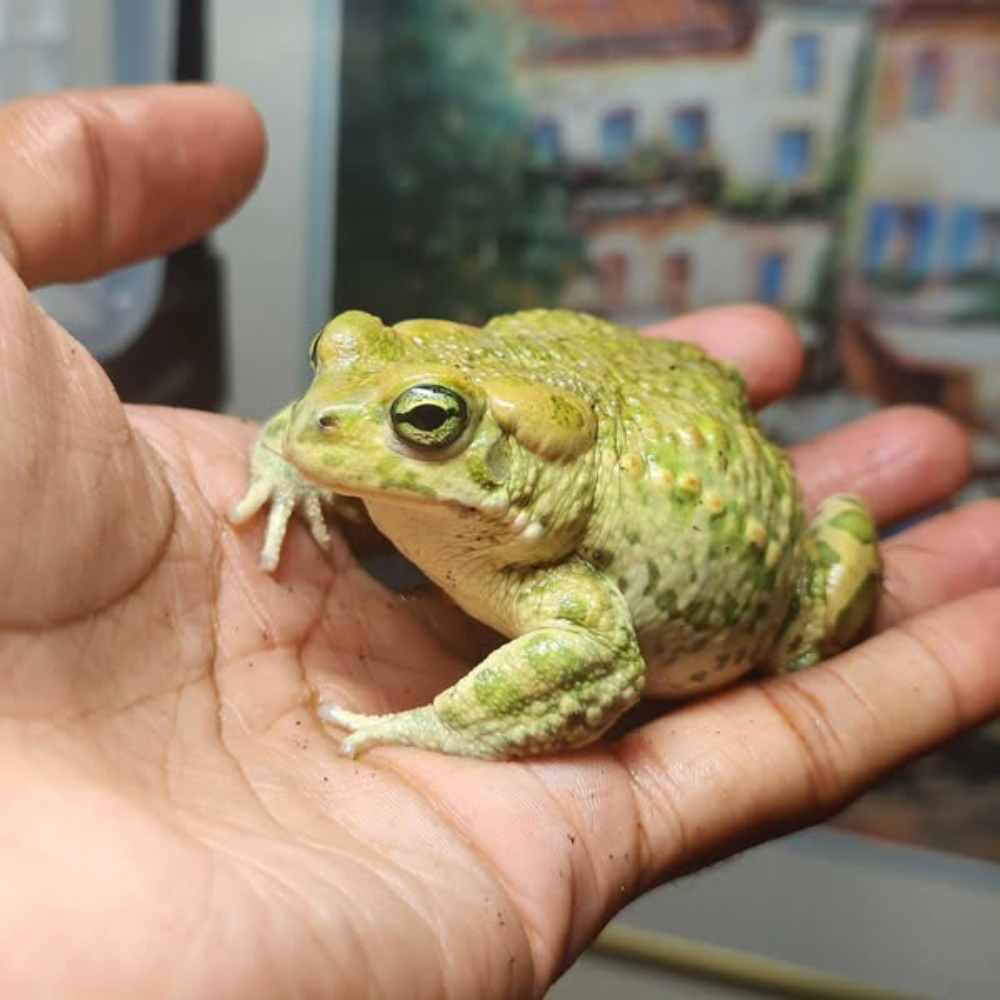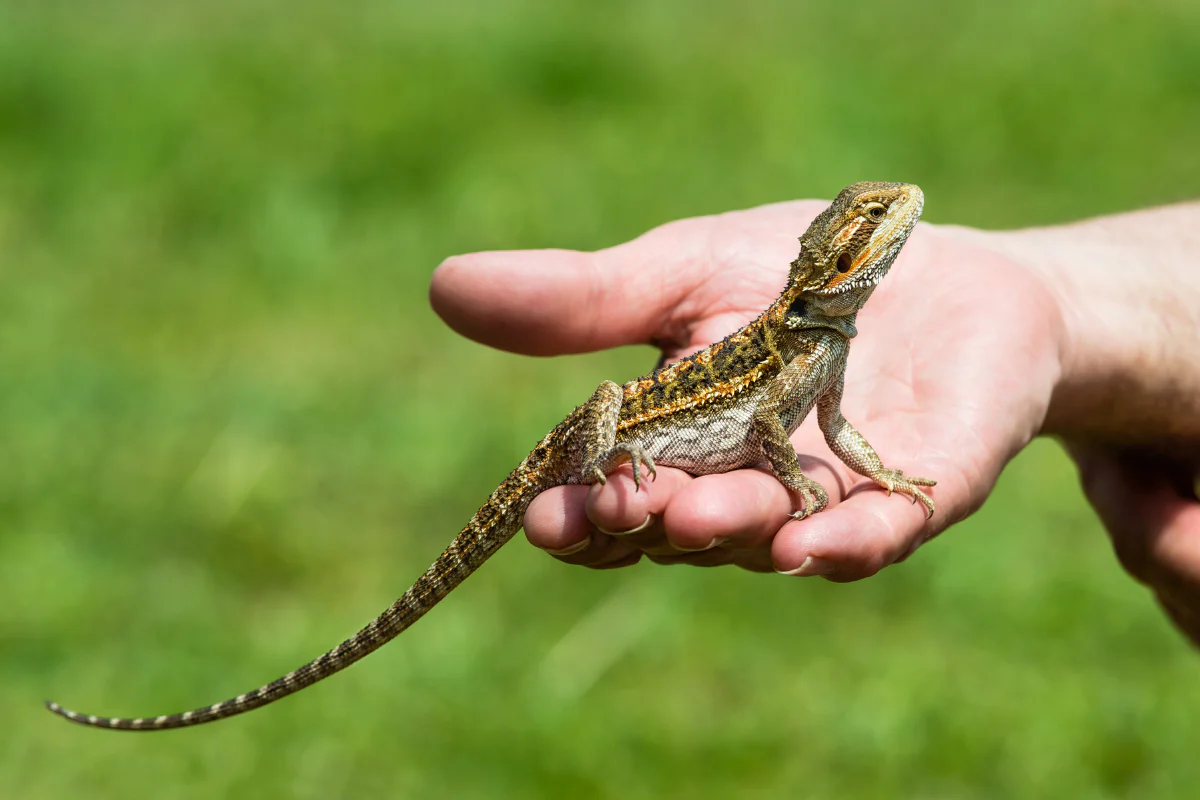
Frogs vs. Salamanders: Which Exotic Pet is Right for You?
Amphibians are exciting for the exotic pet trade, but they can be overwhelming just as quickly. Other popular pets include frogs and salamanders. These magnificent creatures also provide a window into herpetology — but cage care requirements vary. This blog will explain the differences between pet frogs and salamanders. Whether you’re a fledgling herpetologist or simply curious, it’s essential to understand their needs and behaviours.
Amphibians are appreciated for their diversity and ecological significance. Do not think of them as pets; think of them as guardian angels. In this article, we will look into the principal differences and similarities between a frog and a salamander. Enlightened about these considerations, you’ll be more equipped to select the appropriate amphibian for your home.
Key Benefits of Amphibian Pets and Why It Matters

Frogs and salamanders make fascinating and rewarding pets for many reasons. Their unique life cycles, bright colours, and interesting behaviours offer excellent learning opportunities. Keeping amphibians can deepen your appreciation for biodiversity and conservation. Learning about their ecological roles can inspire responsible ownership and habitat protection.
However, remember that amphibians aren’t low-maintenance pets. They need specific conditions, diets, and care to thrive. This commitment can be rewarding, both personally and in conservation efforts. By selecting the right amphibian, you can enjoy their companionship while ensuring their well-being.
Frogs vs. Salamanders: A Step-by-Step Guide to Choosing Your Pet
Understanding Frogs
Frogs are the most recognised amphibians, known for their unique calls and jumping skills. They come in many shapes, sizes, and colours, making them popular pets. However, their care needs can vary by species. Here are some key points for choosing a pet frog:
Habitat and Environment
Frogs need a humid, well-ventilated home with both land and water. The size and type depend on the species, but maintaining the right temperature and humidity is crucial. Many frogs are sensitive to changes, so a quality terrarium and monitoring equipment are essential.
Diet and Feeding
Frogs mainly eat live insects like crickets, mealworms, and flies. Larger species may also eat small rodents or fish. Providing a varied diet is essential for their health. Regular feeding and vitamin supplements will help keep them strong.
Behaviour and Interaction
Frogs are usually more active at night, showing behaviours like calling and swimming. They are fun to watch but don’t typically enjoy handling. Too much handling can stress them, so it’s best to admire them from afar.
Understanding Salamanders
Salamanders have sleek bodies and a secretive nature, offering a different appeal. They may not be as standard in the pet trade, but they are equally captivating. Here’s what to know about keeping salamanders:
Habitat and Environment
Salamanders prefer a moist, calm space with many hiding spots. They do well in terrariums that mimic their natural habitat, often with moisture-retaining substrate. Unlike frogs, many salamanders are terrestrial, though some like to swim. A stable environment with minimal temperature changes is vital for their health.
Diet and Feeding
Like frogs, salamanders are carnivorous, mainly eating live insects. Their diet can also include small invertebrates and sometimes fish. Research your species’ specific feeding needs, as some have unique diets.
Behaviour and Interaction
Salamanders are generally more secretive than frogs. They often hide during the day and are active at night. They are quieter than frogs, and their slow movements can be fascinating to watch. Salamanders also don’t enjoy handling and can become stressed if disturbed often.
Additional Expert Tips & Common Mistakes to Avoid

When deciding between pet frogs and salamanders, think about your lifestyle. Here are some tips to help you choose wisely:
- Research Species Thoroughly: Not all frogs and salamanders suit beginners. Learn about the species to ensure you can meet their needs.
- Consider Longevity: Some amphibians live over a decade, so be ready for a long-term commitment.
- Invest in Quality Equipment: A well-made terrarium with proper heating, lighting, and humidity control is essential for your pet’s health.
- Avoid Overhandling: Amphibians’ sensitive skin can be harmed by handling. Limit interactions to necessary care.
- Stay Informed: Join herpetology clubs or online groups to connect with other amphibian lovers and learn best care practices.
Advanced Insights and Expert Recommendations
If you want to learn more about amphibian care, consider these options:
- Conservation Efforts: Many amphibian species face threats from habitat loss and climate change. Supporting conservation initiatives helps protect them in the wild.
- Breeding Programs: Some enthusiasts participate in breeding programs to help preserve rare or endangered species.
- Educational Outreach: Sharing your knowledge promotes responsible pet ownership and raises awareness about amphibian conservation.
What do You want to Adopt?

Additionally, the decision between frogs vs. salamanders as pets depends on your preferences and whether you can meet the creature’s needs. While both provide unique learning opportunities, they require dedication and diligence. Knowing their differences and similarities can help you decide which would best suit you and your future companion.
Now that you are prepared to have a swim buddy for yourself, you should also study which stores or breeders sell such pets. Ensure you have the proper gear and are well-informed about providing a safe, stimulating environment for your new companion. Amphibians are a significant world unto themselves, and the opportunities for discovery and appreciation are extensive.
So, would it be the funny calls of the frog or the interestingness of the salamander? It’s up to you, and with that decision comes the opportunity to experience the beauty of the natural world from home.


